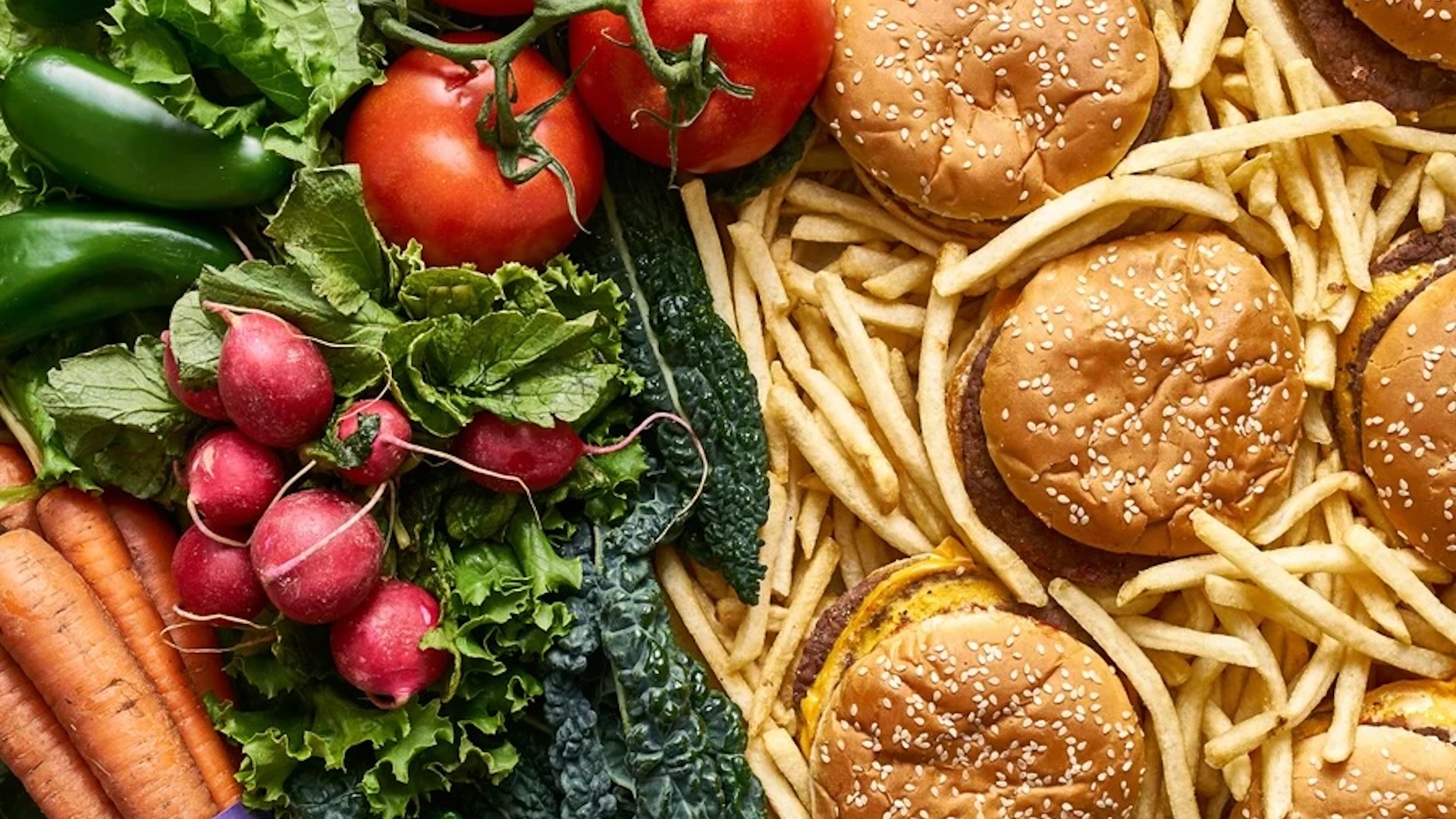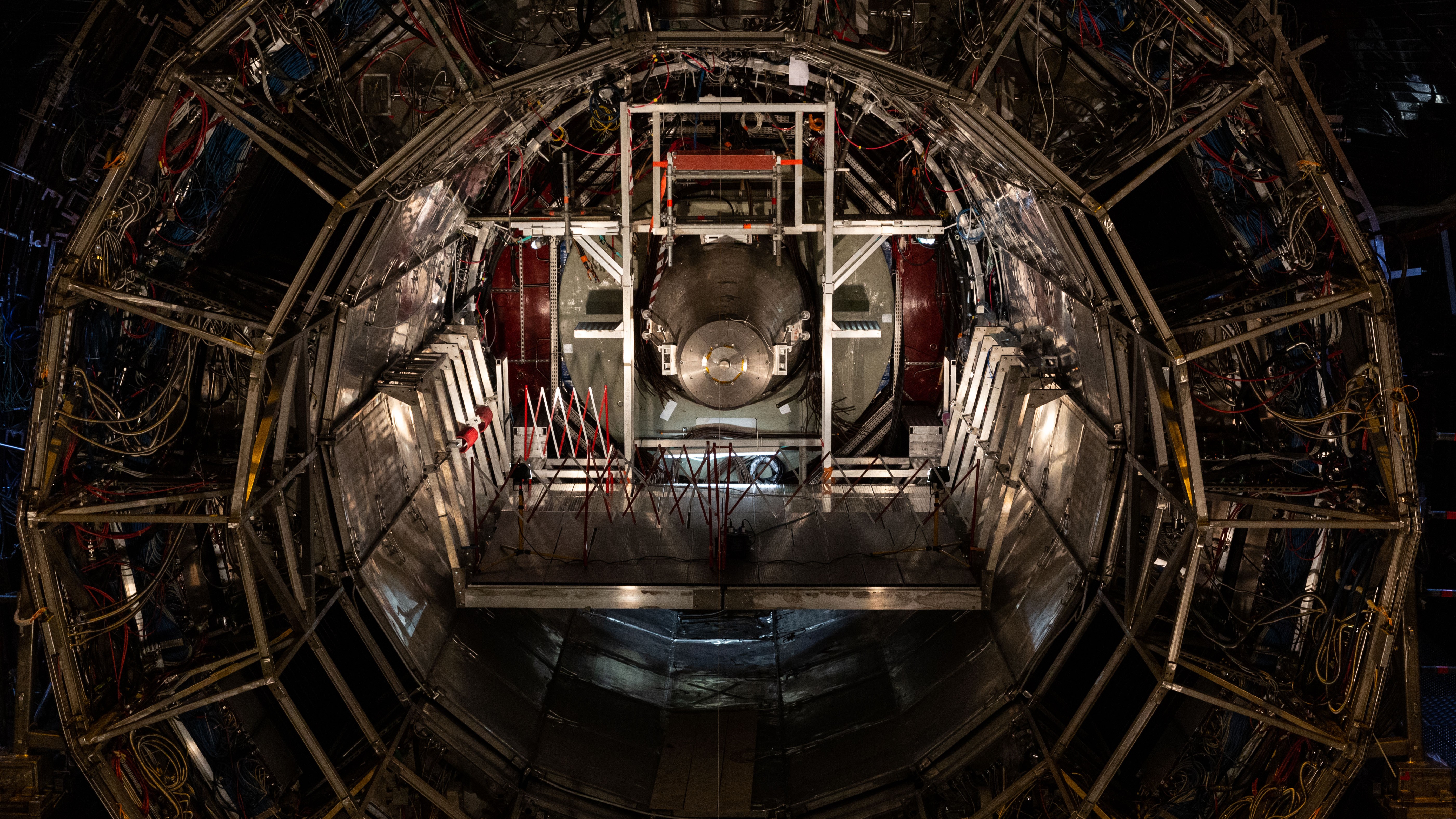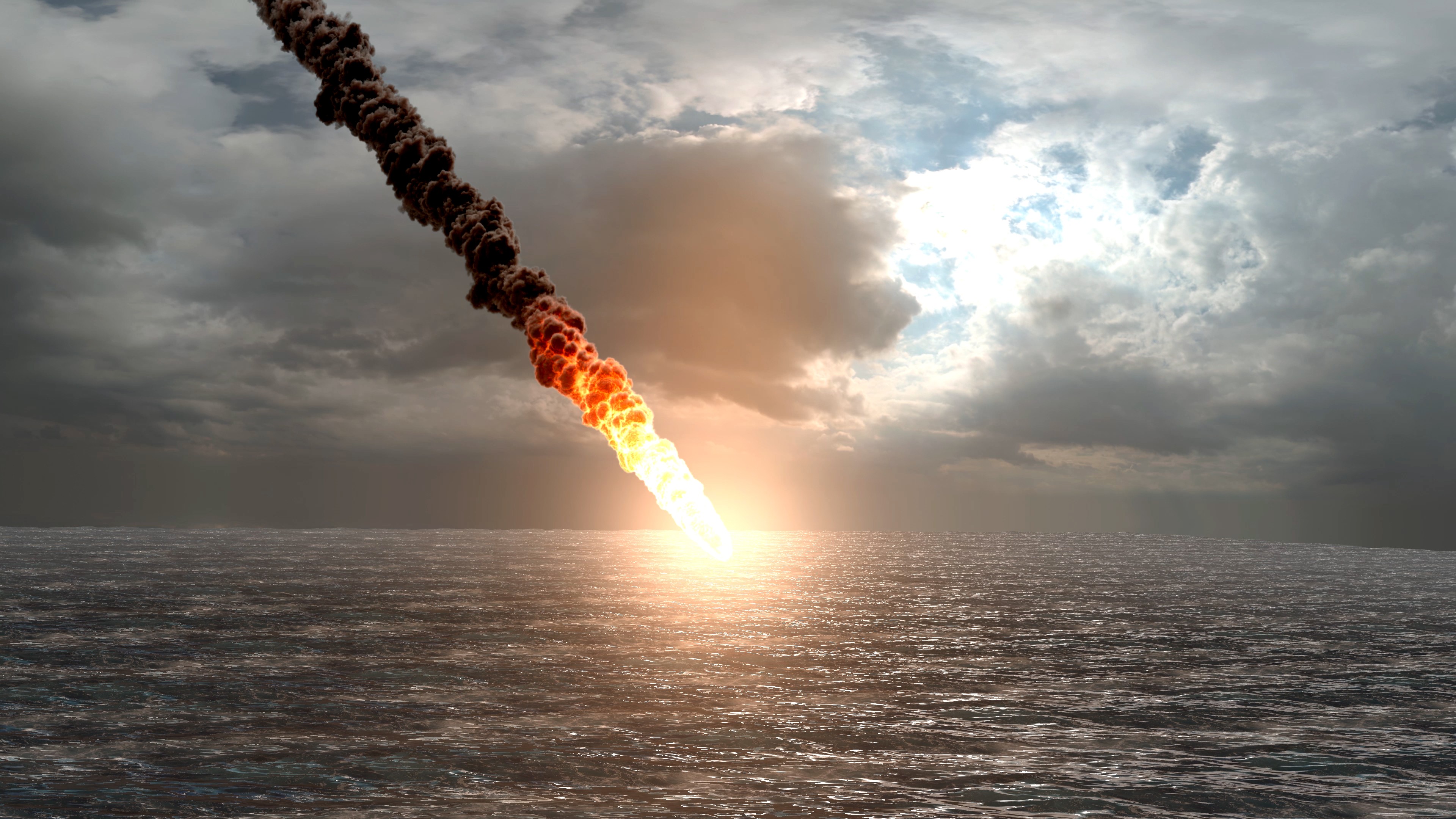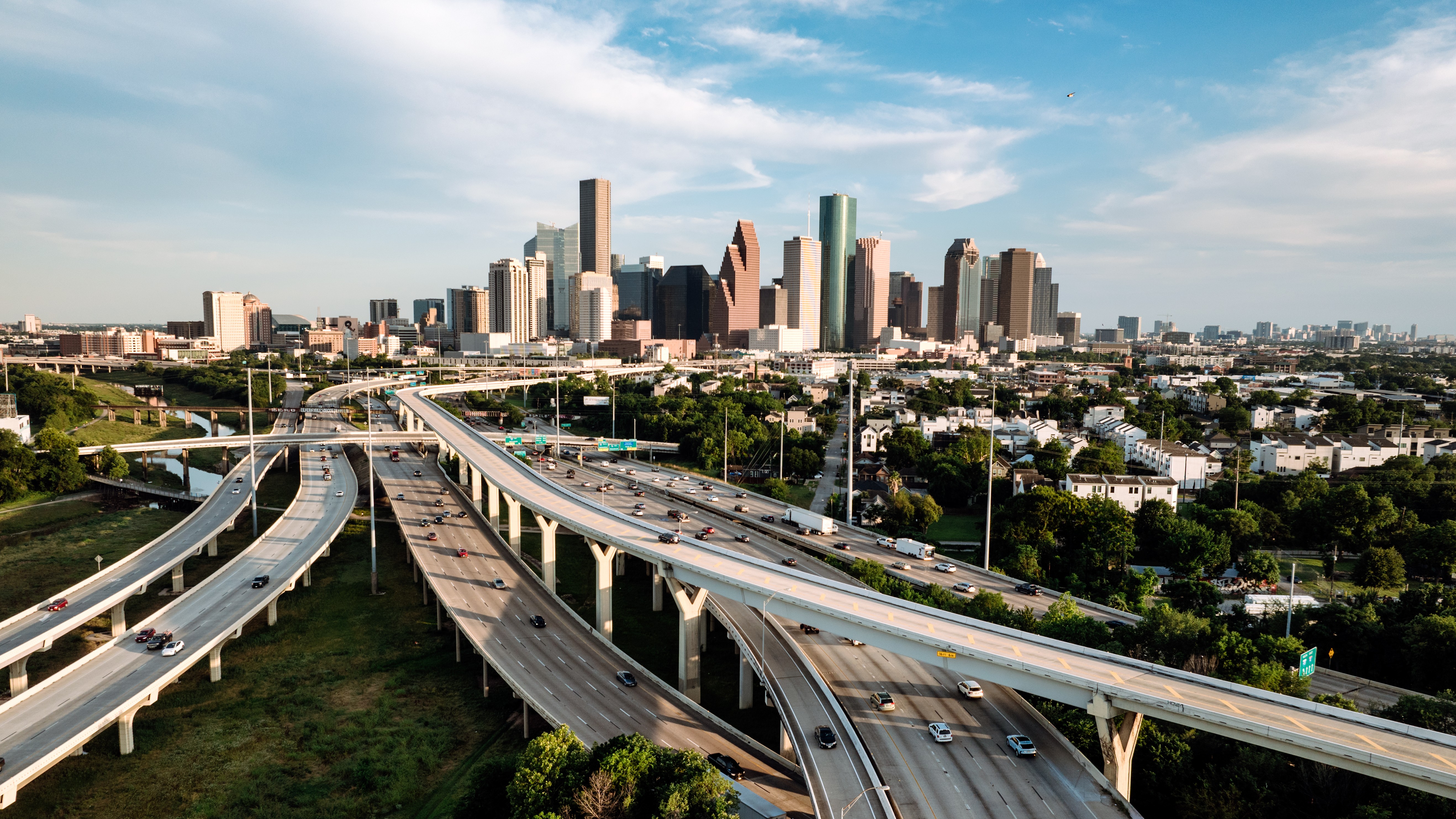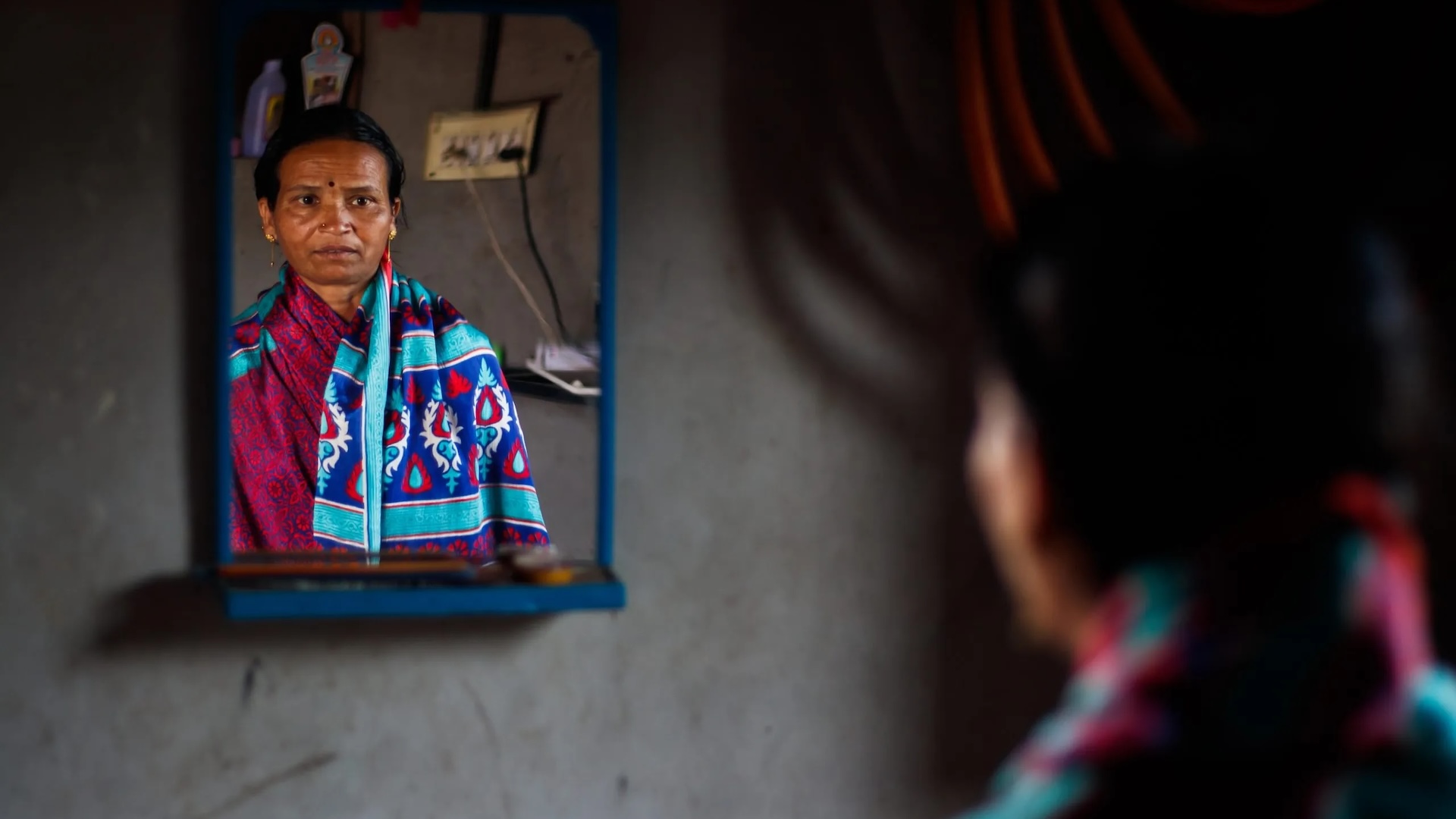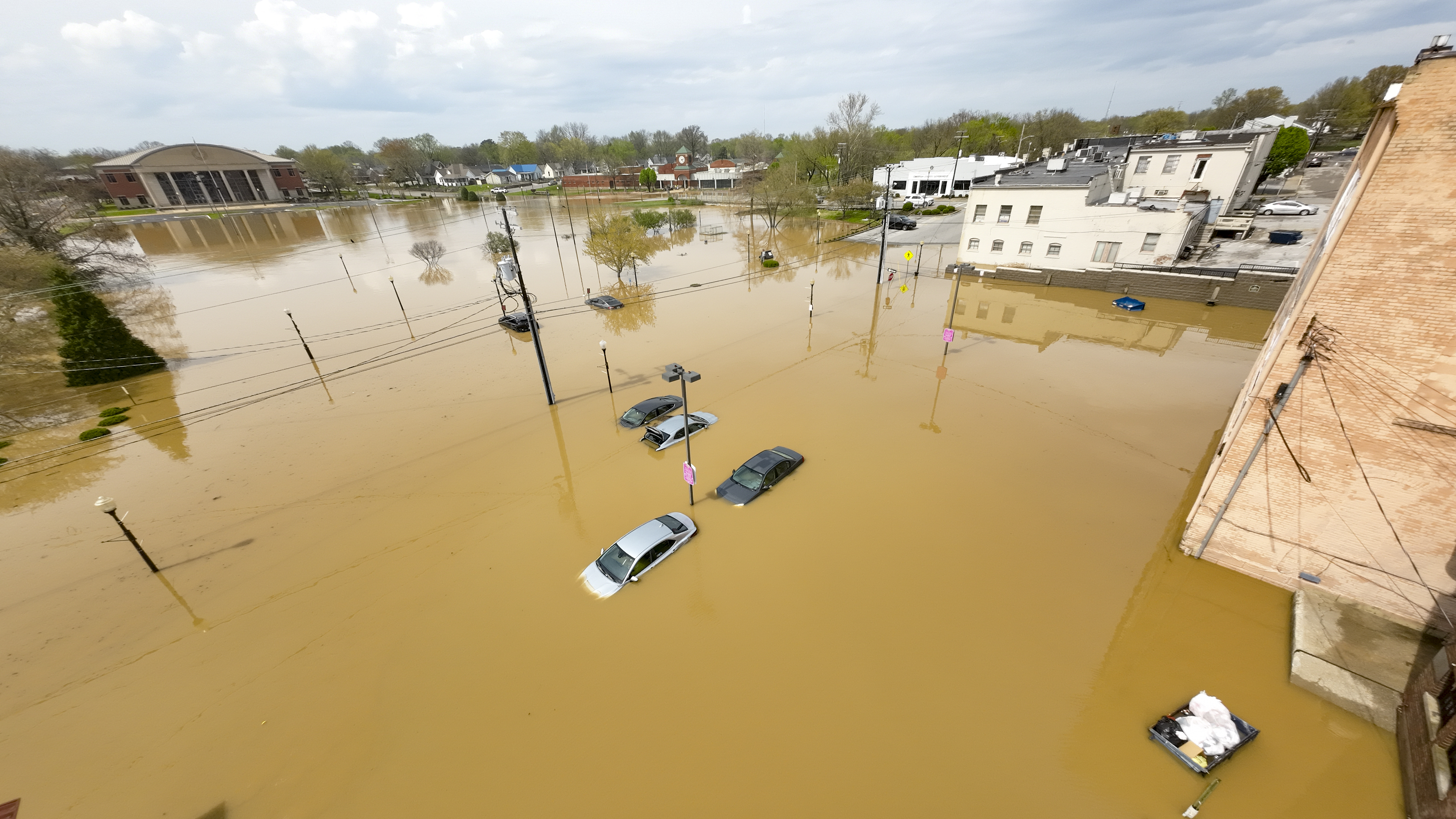
While many look forward to Memorial Day as a chance to barbecue, spend time with family and hop in the car for a long weekend getaway, the holiday's origin is anchored in much more somber circumstances. From its roots as a Civil War commemoration to the Confederate version of the holiday still celebrated in the South, here are seven interesting facts about Memorial Day's history.
1. Decoration Day
Though Memorial Day is a staple of the holiday calendar now, it wasn't always called that. During the Civil War, people decorated the graves of fallen soldiers on what became known at the time as "Decoration Day." Still, nobody knows for sure when and where the first Decoration Day actually occurred, with several cities angling for the title. A ceremony at the cemetery at Gettysburg honored the dead in 1863, while women in Boalsburg, Pennsylvania, placed flowers on the graves of fallen soldiers on Independence Day in 1864. Confederate women in South Carolina were honoring their dead with grave flowers as early as 1861. Other places that claim to have hosted the first Decoration Day are Savanna, Georgia, and Warrenton, Virginia. [Photos: Faces and Injuries of the Civil War]
2. National observance
A century after the first Decoration Day celebration, President Lyndon B. Johnson settled the debate — in the official record at least — when he signed a proclamation decreeing that the holiday got its start 100 years earlier in Waterloo, New York. In Johnson's rendering, a Waterloo resident named Henry Welles decided to memorialize local fallen soldiers by decorating their graves at three different cemeteries in the area. A local war hero described the commemoration to Gen. John Alexander Logan, who made it a national day of remembrance first observed on May 30, 1868.
3. First speech
The first Memorial Day speech was given by James A. Garfield, then an Ohio congressman, at Arlington National Cemetery in Virginia in 1868. (The day was still known as Decoration Day.) Garfield, a former Union general, would go on to become the 20th president of the United States, though he would die from an assassin's bullet just 200 days into his first term. [8 Most Famous Assassinations in History]
Sign up for the Live Science daily newsletter now
Get the world’s most fascinating discoveries delivered straight to your inbox.
4. Separate holidays
The Union lost about 360,000 soldiers during the war, compared to the 260,000 who died in the South. For decades, the South shunned the Union's Memorial Day celebrations, instead observing its own separate holiday to honor Confederate war dead till after World War I, when Memorial Day was expanded to remember the dead from all United States conflicts. Several southern states still celebrate Confederate Memorial Day, although the holiday occurs on April 26, May 10, May 30 or June 2, depending on the state. The holiday is not without controversy, however, with some arguing that it glorifies a part of American history dedicated to preserving slavery.
5. Unofficial holiday
The holiday's Decoration Day moniker lingered until 1882, but the day wasn't an official holiday until 1967. The holiday was held on May 30 until 1971, when Congress fixed the date as the last Monday in May. The holiday was officially renamed Memorial Day in 1967, when President Johnson signed legislation to that effect.
6. Many casualties
More than 150 years later, the Civil War remains the United States' deadliest conflict. More than 620,000 people died during the war. Most of the casualties occurred as a result of disease, rather than as a direct result of injuries. The second deadliest conflict was World War II, in which more than 400,000 American soldiers lost their lives.
7. Weekend plans
Memorial Day weekend getaways have become an American tradition in their own right. According to the American Automobile Association, more than 36 million people will hit the roads this holiday weekend and drive more than 50 miles (80 kilometers) to another destination. Grilling may not have been part of the original Memorial Day celebrations, but it's now a fixture of the holiday. Memorial Day is now the second-most popular holiday (after the Fourth of July) for a sun-baked barbecue: 53 percent of people grill on the holiday, according to the Hearth, Patio & Barbecue Association.
Follow Tia Ghose on Twitter and Google+. Follow Live Science @livescience, Facebook & Google+. Original article on Live Science.

Tia is the managing editor and was previously a senior writer for Live Science. Her work has appeared in Scientific American, Wired.com and other outlets. She holds a master's degree in bioengineering from the University of Washington, a graduate certificate in science writing from UC Santa Cruz and a bachelor's degree in mechanical engineering from the University of Texas at Austin. Tia was part of a team at the Milwaukee Journal Sentinel that published the Empty Cradles series on preterm births, which won multiple awards, including the 2012 Casey Medal for Meritorious Journalism.
